do spotted lanternflies kill trees
Its choice of meals varies as they grow. Death of ornamental trees because of spotted lanternfly feeding has not yet been reported.
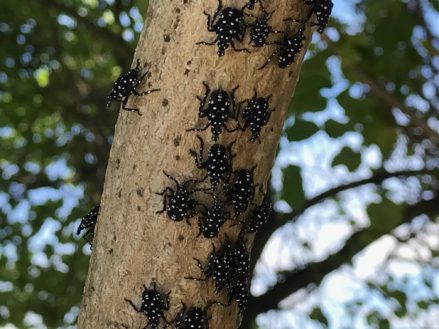
Spotted Lanternfly Control In Lancaster Tomlinson Bomberger
The adults and larvae of the Spotted Lanternfly damage host plants by feeding on sap from stems leaves and the trunks of trees.

. In fact spotted lanternflies seem to gravitate towards milkweed plants. If you see this insect or its eggs or nymphs kill them immediately. To-date we have only seen spotted lanternfly kill sapling trees sumac grapevines and tree-of-heaven.
Spotted Lanternflies have also reduced yields on important fruit-bearing trees and other plants. The SLF has been in the Commonwealth of Pennsylvania for almost seven years and has been damaging to economic crops grapevines maple and birch trees but it is not an absolute that the trees they feed on will die. But completely eradicating them will be unlikely he added.
Lanternflies that we do not know. The Spotted Lanternfly which is from Asia and entered the United States in 2012 eats trees grapes hops vegetable plants flowers and almost any plant in their path. Host Trees nourish and support insects during all or some of the.
Back to the original question Will the Spotted Lanternfly kill my tree The answer is probably not directly Damage caused by piercing-sucking mouth-parts opens the bark. Although they do not bite or sting they can swarm people making it difficult to be outside in infested areas. The Spotted Lanternfly is from Asia and entered the US in 2012 in Berks County.
As of now we have no knowledge that SLF kill trees and plants. The Spotted Lanternfly does not attack all types of trees. Although they do not bite or sting they swarm people making it difficult to be outside in infested areas.
Trees and plants have been described as giving off a fermented odor when this insect is present. Theyll leave a bunch of gaping wounds oozing with tree sap all over the tree along with blackened trails of honeydew mold. Think of it like this a chest cold doesnt necessarily kill you.
Here are some of its favorite plants to feed. There are a few things you can do to help limit the spread and risk to citizen livelihoods from spotted lanternfly invasions. To catch them in the act wrap tree trunks with sticky tape to trap the nymphs.
In Korea SLF have had a major destructive impact on grapes and grape products such as wine. Spotted lanternflies damage plants during all stages from wingless first instars to winged adults. However SLF can weaken trees and plants.
A Host Tree is a tree that is known to be a target of pests in this case the Spotted Lanternfly. SLF have also reduced yields on. Death has only been noted in tree saplings tree-of-heaven and grapevines.
Spotted Lanternflies typically lay eggs on flat tree bark and their favorite type of tree is the tree of. They are spreading at an alarming rate. One possible sign of good news.
Check your trees regularly if you are at risk for this pest. To get rid of spotted lanternflies consider planting more milkweed plants around your property. The nymphs have a wider range of plants to feed on while the adults feed on just a few plants.
Although they prefer the tree of heaven they can feed on many different things. The beak-like mouthparts of black-stage nymphs cant pierce woody tissue so they concentrate on new plant growth such as tender stems and leaves. The spotted lanternfly is a major threat to the states wine and beer industry too.
Where do Spotted Lanternflies Build Nests. Spotted lanternfly nymphs are found on many types of trees but they prefer tree of heaven Ailanthus altissima trees. While its definitely possible for lanternflies to kill a tree chances are the tree will be OK.
However in Korea Spotted Lanternflies have had a major destructive impact on grapes and grape-products such as wine. Pay particular attention to your Tree of Heaven plants if you have them. To-date we have only seen spotted lanternfly kill sapling trees sumac grapevines and tree-of-heaven.
Can Spotted Lanternflies kill trees. Their piercing-sucking mouthparts penetrate plant tissues then suck vital sap from the plant. The insect is being very destructive.
Healthy and established ornamental trees have not been recorded to have died from spotted lanternfly though canopy dieback and plant health decline has been observed particularly on some of spotted lanternflies favorite hosts including black walnut and maple. They can work wonders to eliminate existing insects. However since Spotted Lanternflies are pretty new to Pennsylvania there is no complete list of trees that are susceptible to damage from for this invasive pest.
As of now we have no knowledge that Spotted Lanternflies kill trees and plants. Theres an open wound on the tree. They eat the sap as if it were another host tree.
The spotted lanternfly continues to invade Pennsylvania and negatively impact orchards tree nurseries forests vineyards and properties in general. They will eat trees grapes hops vegetable plants flowers and almost any plant in their path. The spotted lanternfly probably wont kill your majestic trees as there have been no reported incidents of mature tree death said Kunkel.
However the poison slows them down and eventually kills them. This leaves the tree susceptible to other bugs and diseases. There are reports of wooden floors and decks getting damaged by spotted lanternflies.
Some plants are at more risk than others eg grapevines maple black walnut. SLF alone may not kill the tree. Weak or previously damaged trees may succumb to large volumes of the SLF feeding.
Slow the spread of SLF by checking your car and any outdoor equipment outdoor furniture mowers firewood etc when going in and out of the quarantine zone. However most trees will survive. --Here is a link to information about the.
Spotted Lanternflies will feed on ornamental trees flowers fruit trees vegetables hops vines among several others. Healthy and established ornamental trees have not been recorded to have died from Spotted Lanternfly though canopy dieback and plant health decline has been observed particularly on some of spotted lanternflies favorite hosts including black walnut and maple. Spotted Lanternflies are an invasive species that cause significant destruction to trees and plants.
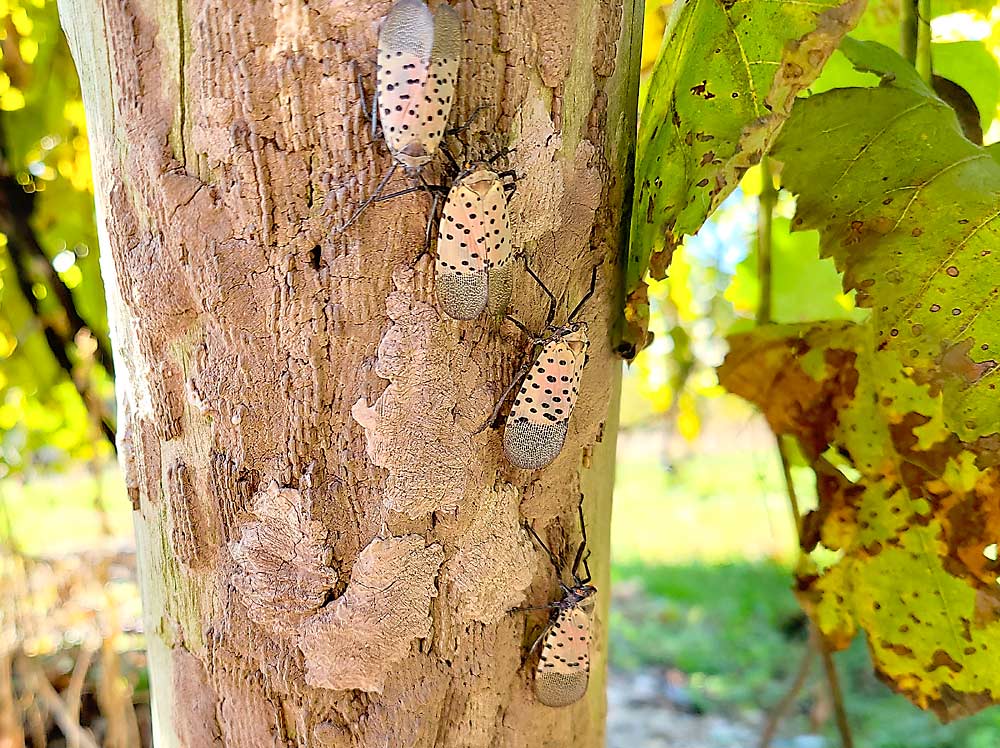
Fighting Spotted Lanternfly Good Fruit Grower
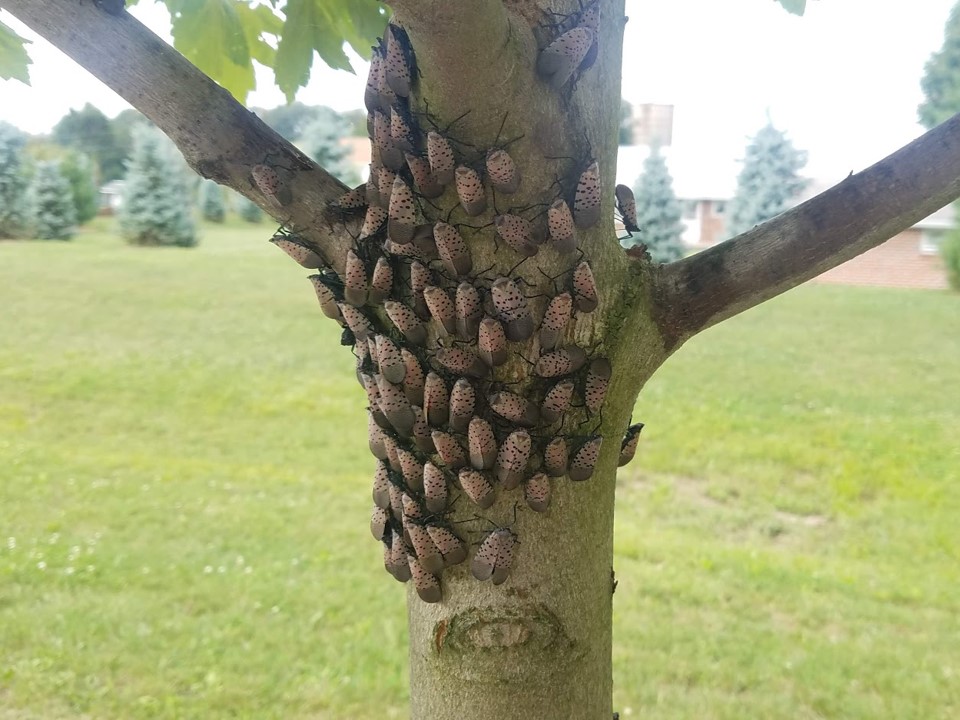
Educators Offer Tips On How To Manage Spotted Lanternflies On Ornamental Trees Penn State University
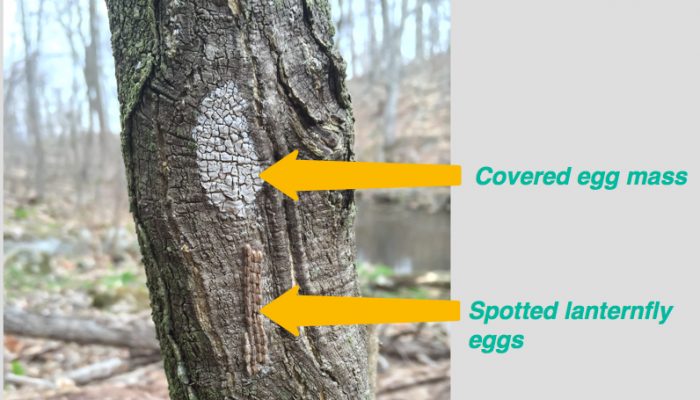
Stop The Spotted Lanternfly Identify And Destroy Their Eggs Philadelphia Parks Recreation City Of Philadelphia
An Update On The Invasive Spotted Lanternfly Lycorma Delicatula Current Distribution Pest Detection Efforts And Management Strategies Pest News Anr Blogs

Everything You Need To Know About Spotted Lanternflies In Pennsylvania
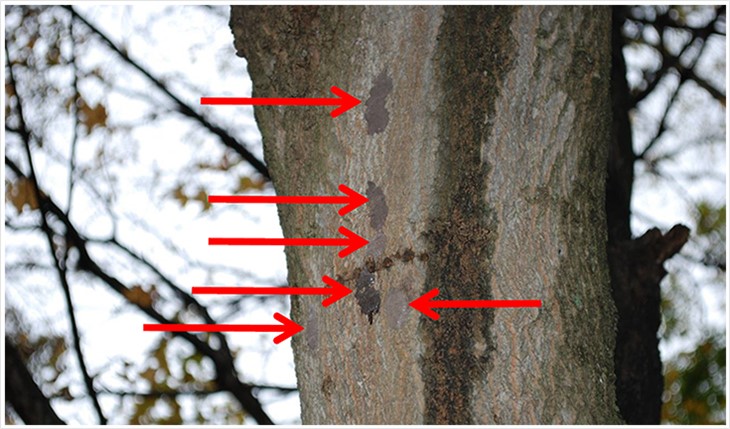
Spotted Lanternfly Senator Schwank
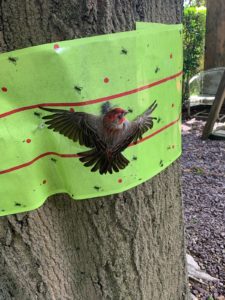
Caution Birds Getting Stuck On Lanternfly Tree Tape Dominion Pest Control

What Wolff S Is Doing About Spotted Lanternfly Wolff S Apple House
How To Install Sticky Bands To Trap The Spotted Lanternfly Farm And Dairy
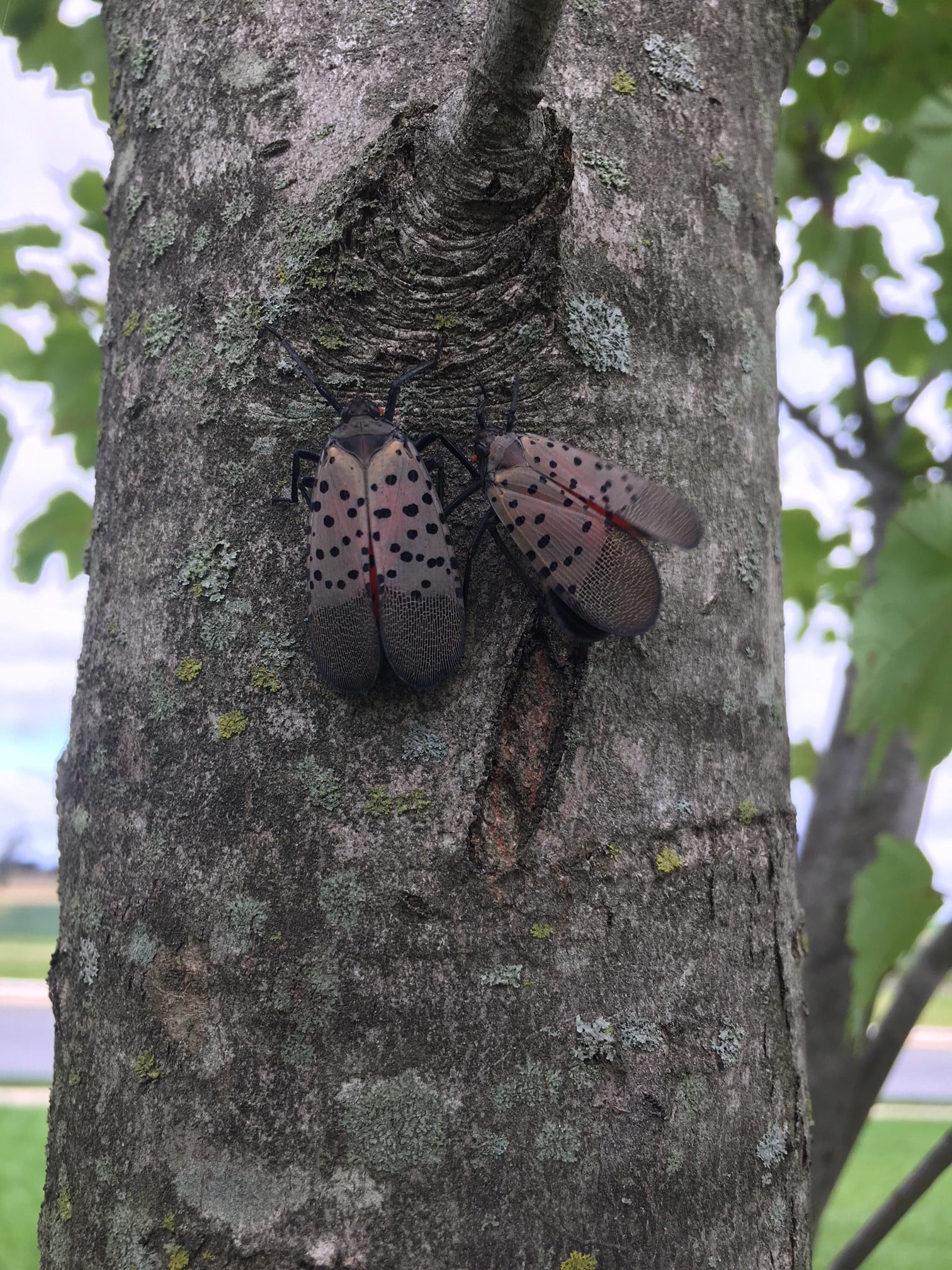
Spotted Lanternfly Control In Lancaster Tomlinson Bomberger

Spotted Lanternfly Invasion Here S How To Identify And Get Rid Of Eggs Silive Com
Spotted Lanternflies Continue To Threaten Area Times News Online
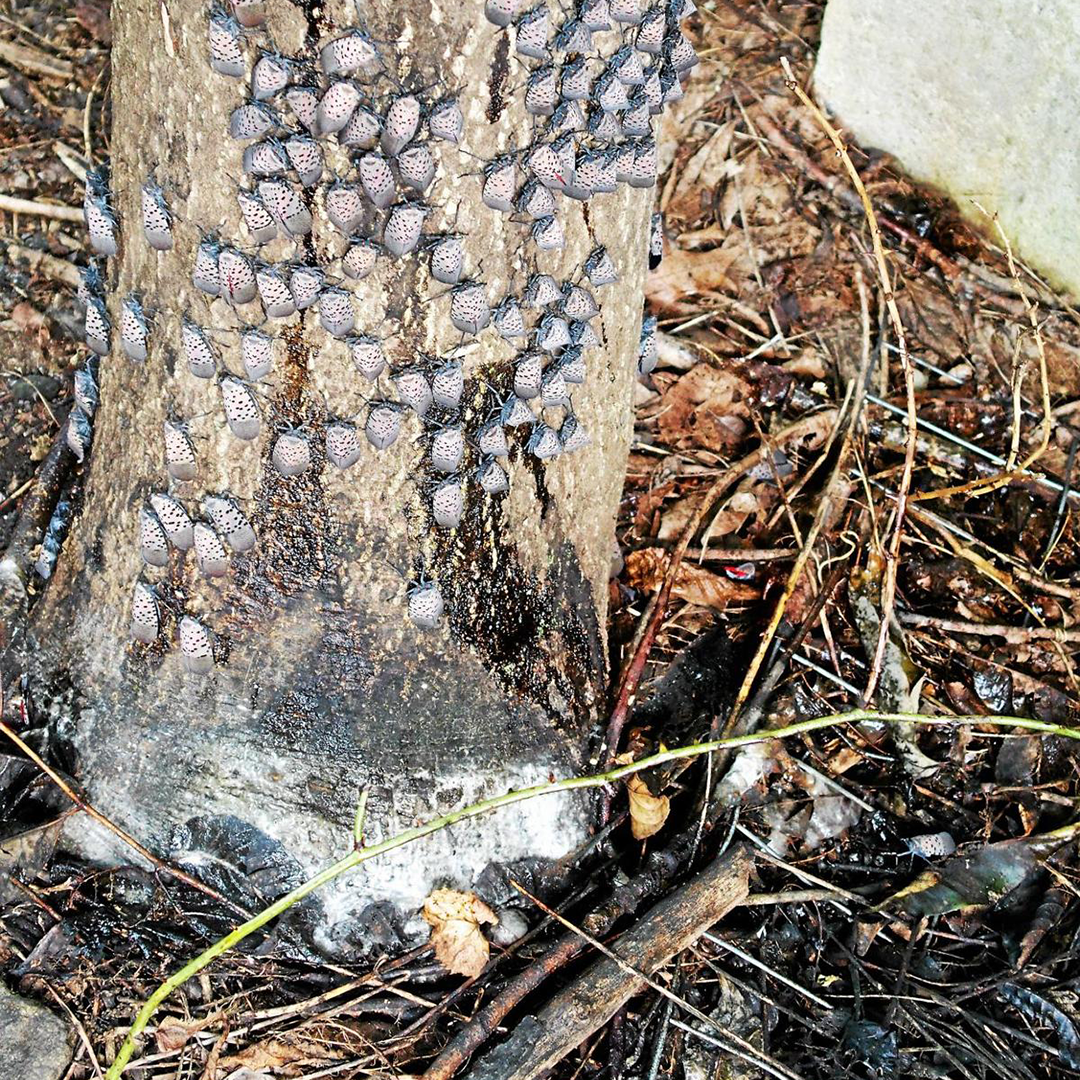
What Do Spotted Lanternflies Do To Trees Spotted Lanternfly
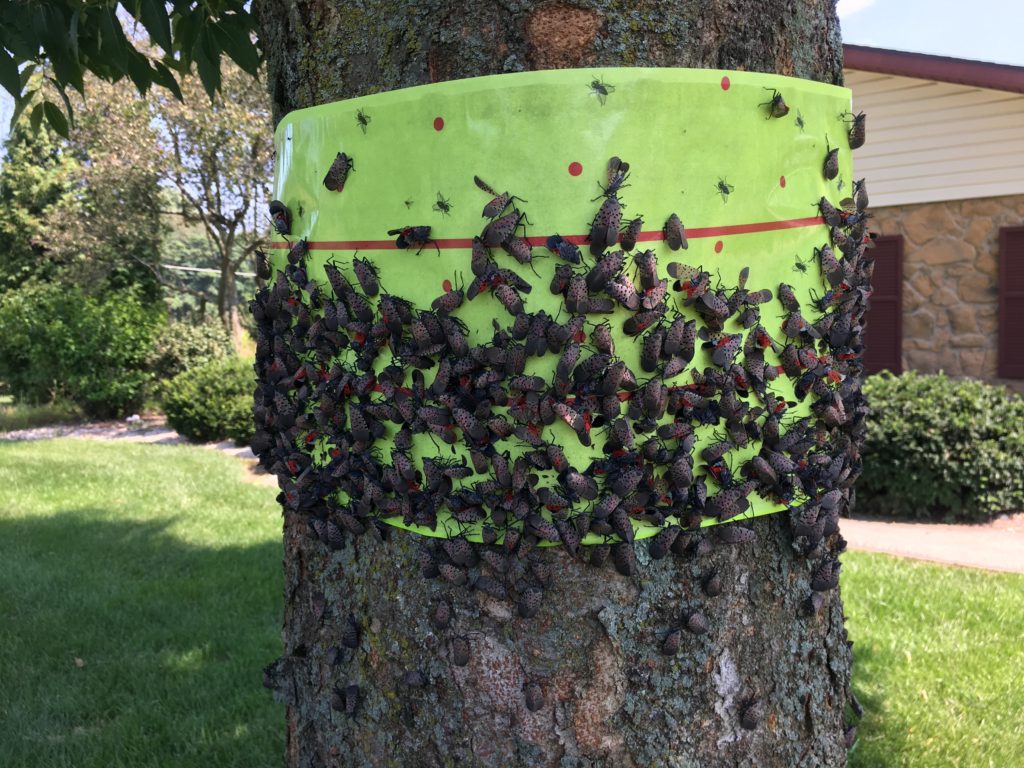
Homemade Spotted Lanternfly Spray A Complete Guide
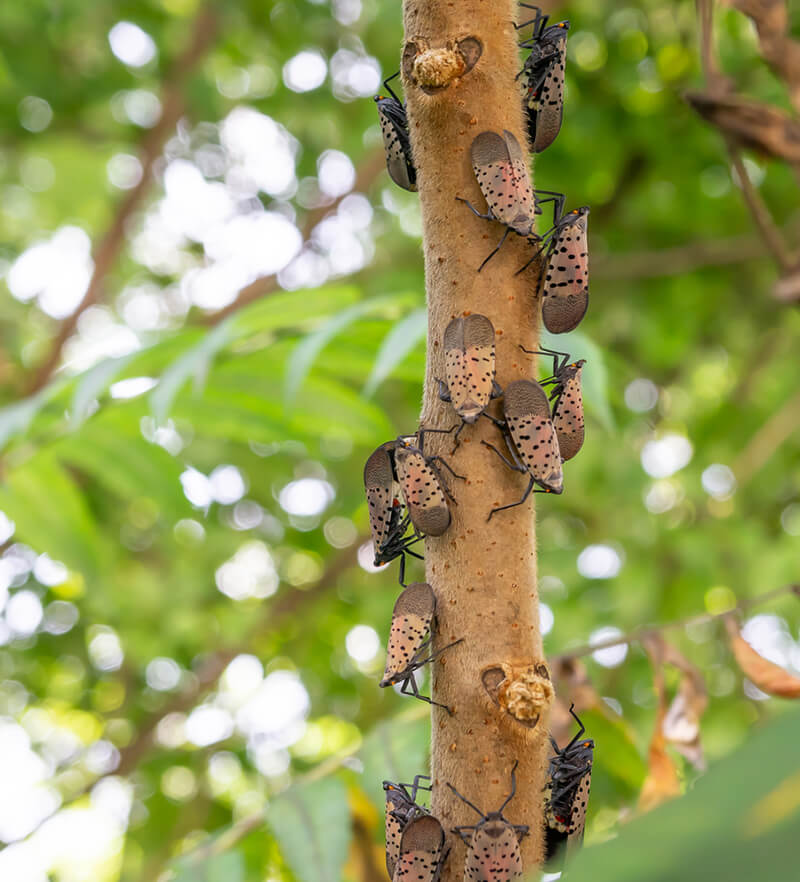
Spot The Spotted Lanternfly Stauffers

Learn How To Kill The Spotted Lanternfly Triblive Com
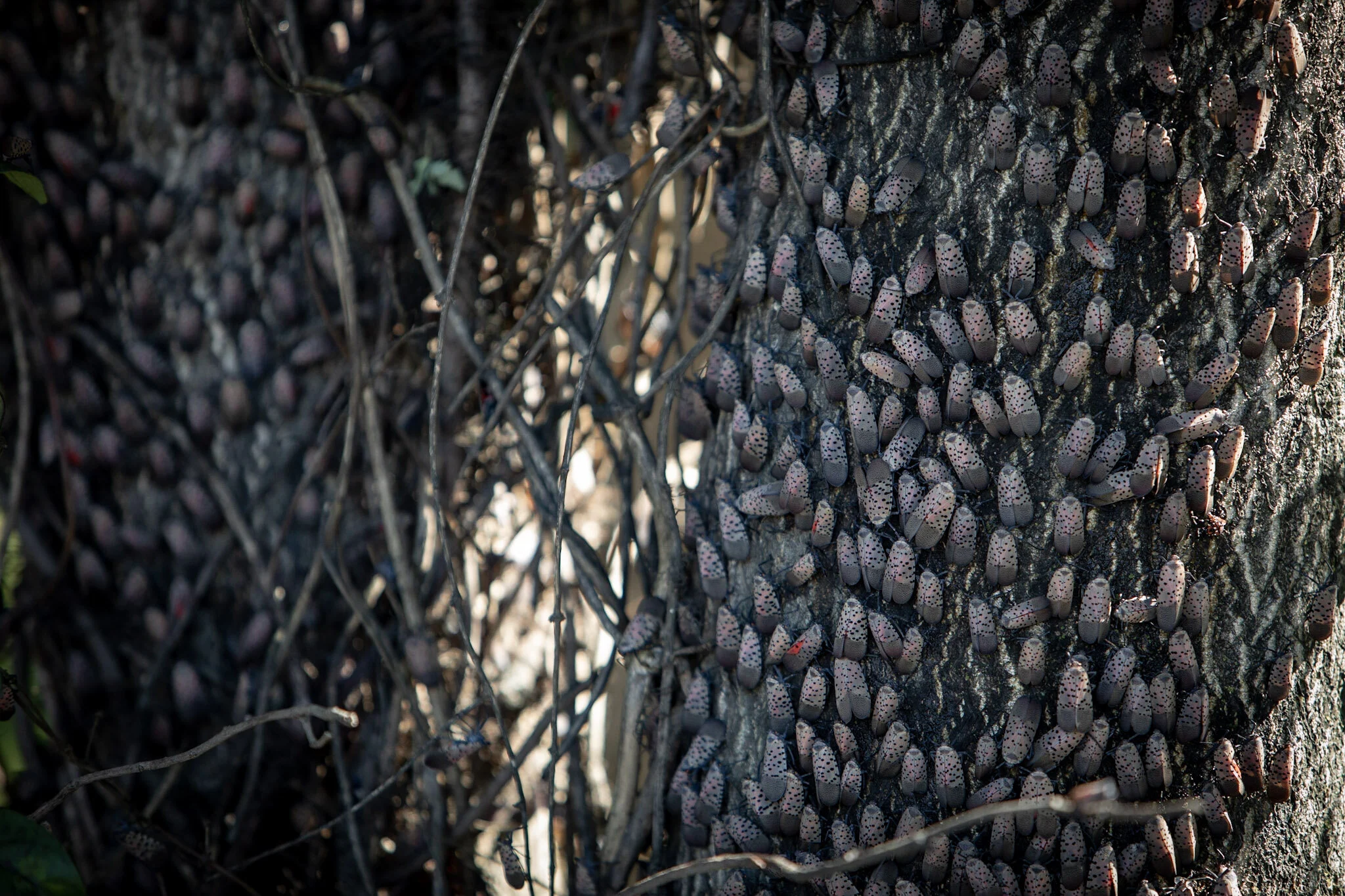
Spotted Lanternflies Have Infested The Region And Researchers Are Hard At Work Trying To Control Their Spread Grid Magazine
An Update On The Invasive Spotted Lanternfly Lycorma Delicatula Current Distribution Pest Detection Efforts And Management Strategies Pest News Anr Blogs
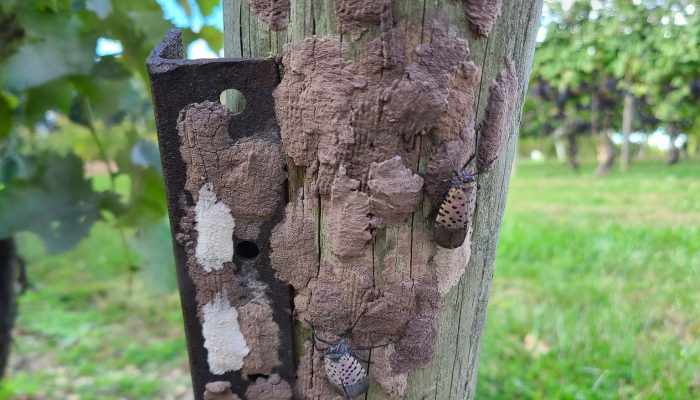
Stop The Spotted Lanternfly Identify And Destroy Their Eggs Philadelphia Parks Recreation City Of Philadelphia